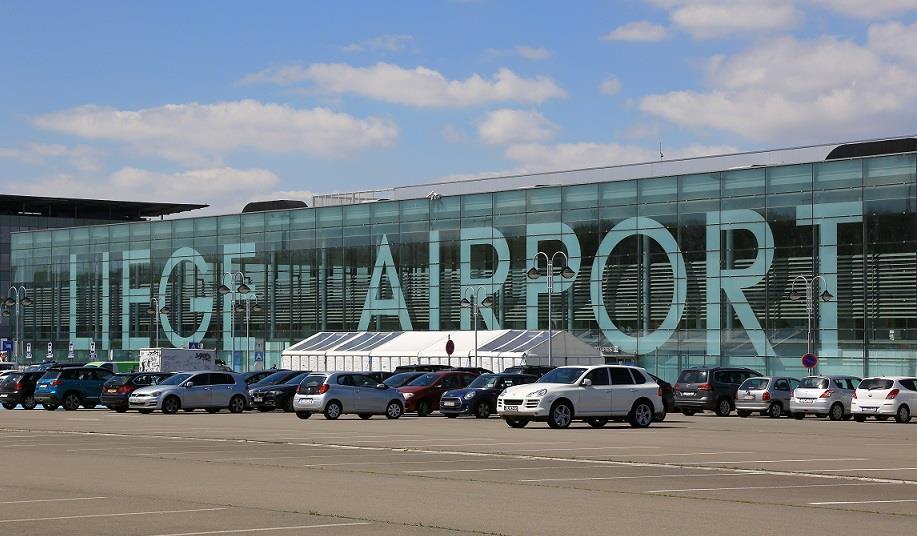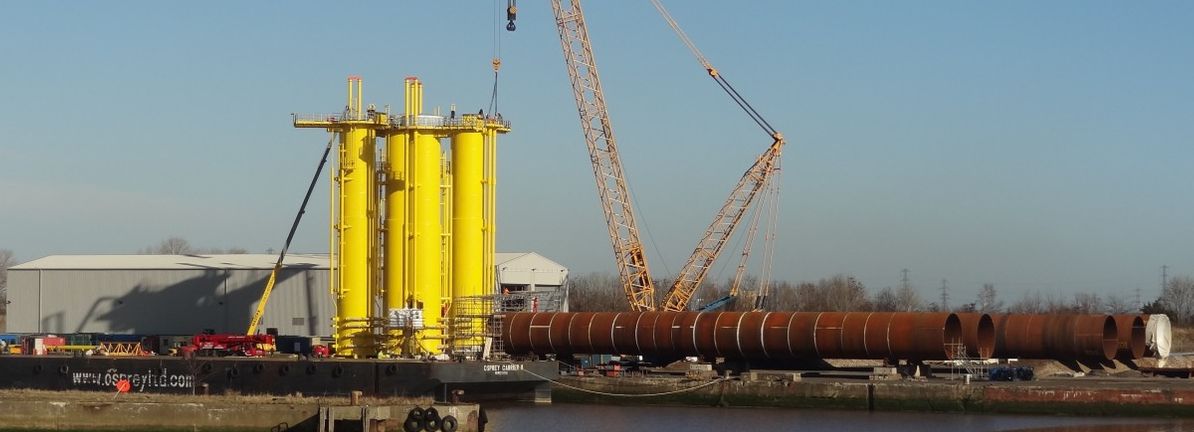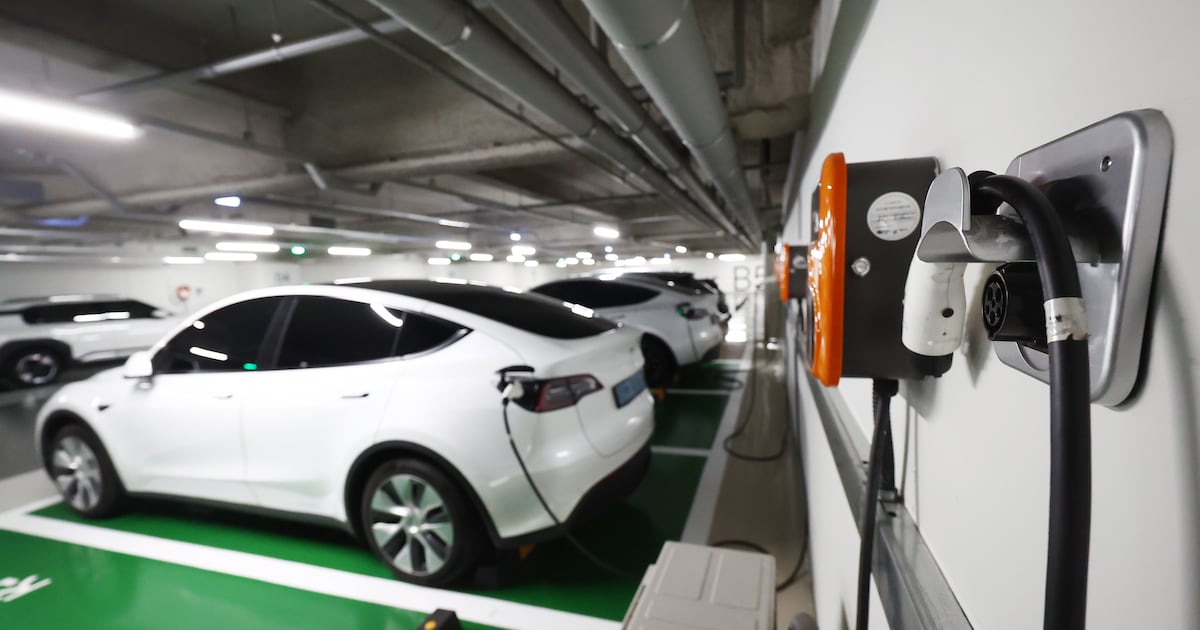Powered by e-commerce, air cargo looks set for a good fourth quarter and beyond, but problems with capacity loom large, according to speakers at the recent Air Cargo Event in Liege.
Tariffs have disrupted some trade lanes, yet planes keep flying more, albeit on different routes, key speakers said.
The latest developments are all very different to the start of the year when Trump’s tariffs and changes to de minimis had some eyeing the exit.
Paradoxically, US imports have actually grown, but with less of it coming from China, allowing other Asian routes to grow.
“Cargo has continued to grow. We see that the trade lanes are shifting quite dramatically, with China finding new places, particularly here in Europe, also for its e-commerce,” Ryan Keyrouse, chief executive of the strategy and software company Rotate said.
Helping matters has been China’s ability to create new markets other than e-commerce. One specific example he pointed to was industrial goods, with Europe importing more parts and components from China.
“It isn’t a switch; it’s a new trend that there have been more imports of these types of commodities,” said Keyrouse.
This explains why secondary European airports such as Liege and Budapest are booming at the moment.
Liege, where the Air Cargo Event was held, logged excellent July and August figures – up 14% and 29% on the same month last year.
Over the first eight months of the year, volumes at the Belgian hub are up 13% compared with last year at 847,551 tons.
More details on diversification came from Marco Bloemen, managing director of logistics consultant Aevean.
Laptops assembled in Vietnam; “the volumes are huge”, he said and have replaced those from China, which just “completely fell away”.
More striking still is what’s happening also in Asia, with India becoming the biggest trading partner with the US when it comes to smartphones, Bloemen pointed out. “That’s one I didn’t expect,” he added.
The expectation is that, barring the unexpected and still ongoing tariff negotiations, the good times will keep rolling into the fourth quarter and maybe beyond. Keyrouse put it: “We think demand will likely continue the current trend.”
Challenges ahead
However, there are some factors overshadowing this rosy outlook.
Firstly, ocean shipping is acknowledged as becoming more viable as a way of moving cargo as supply chains have now adjusted to the longer route around the southern tip of Africa, which could cause a modal shift away from air cargo.
Two other factors, though, were also broadly cited as worries. One was more disruptive US tariffs as “anything could happen” and the other was geopolitical risk.
However, it is capacity and the sheer lack of it that is causing the most concern.
The basic problem comes from e-commerce’s success. Last year, air cargo moved 4m tons of e-commerce. This year, it will be more, even if American consumers are deleting their Temu apps. The point, however, is that no one planned their fleet appropriately for the market as it is or shaping up to be.
“We never saw this coming in this way,” said Bloemen.
Nor are there enough new planes coming into the market as neither Boeing nor Airbus can deliver the numbers needed.
“That is really going to cut down on cargo capacity in years to come,” Bloemen told the event.
This puts a lot of pressure on an already stretched industry. “That capacity is not there to fly it all; we are really competing for space,” he said.
It also explains why planes are logging up the hours, with 15 block hours per day now being common.
But it is e-commerce’s growth rather than the immediate lack of planes to shift the goods that is causing problems with yield and trade flows. “The yield has done strange things,” said Bloemen.
Back in 2023, Asia to Europe flew 1.2 times more than on the way back, with a yield difference of 1.6 times as much. However, the first few months of this year, the yield was 2.6 times as much from Asia to Europe.
These imbalances are caused by e-commerce and also occur on transpacific routes.
“We are watching this space very closely because it really affects how you operate, how you operate freighters, how you do your network design also even in terms of fleets (a lot of these freighters are just one way flows) and on the return you just do your best to maximise and fill the fights accordingly but it’s a fundamentally different business that we’ve seen a few years ago,” Bloemen summarised.









